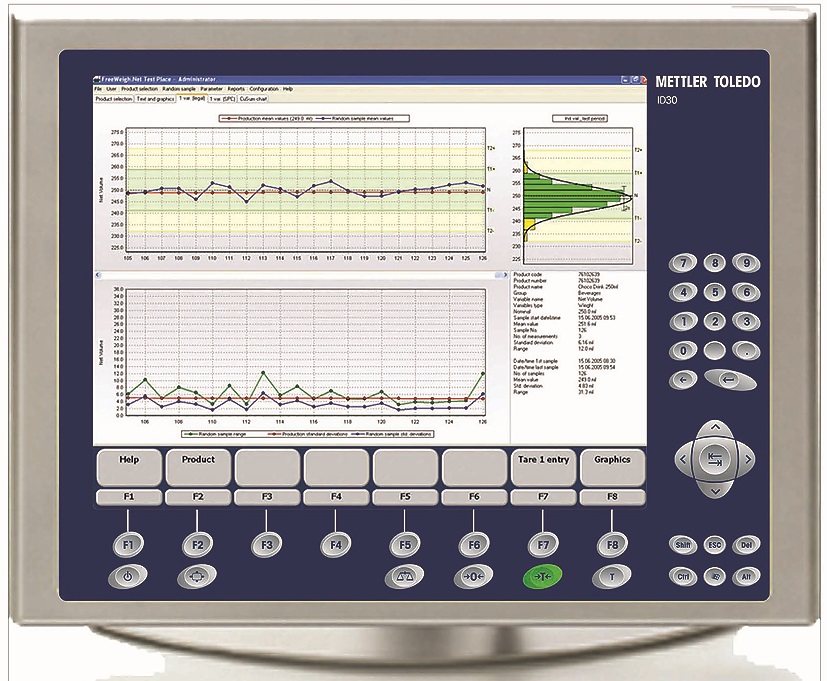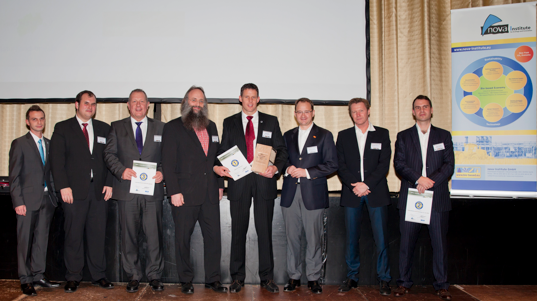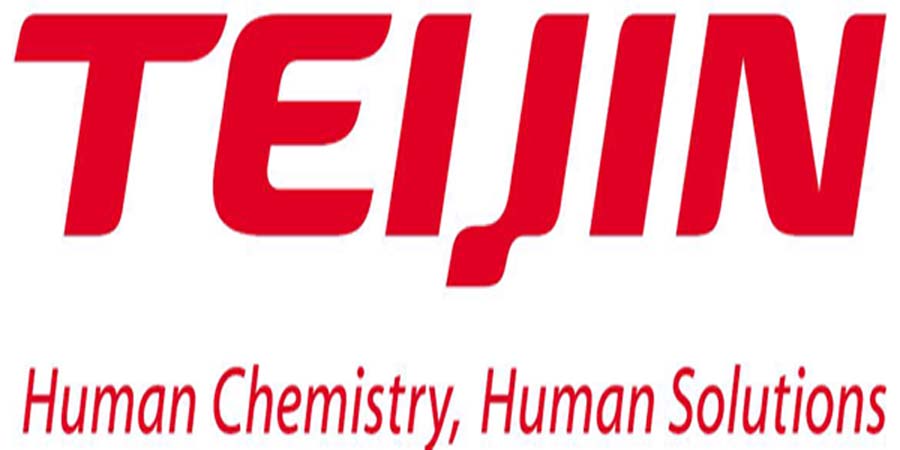Trusted Business Insights answers what are the scenarios for growth and recovery and whether there will be any lasting structural impact from the unfolding crisis for the Plastic Compounding market.
Trusted Business Insights presents an updated and comprehensive analysis of Plastic Compounding Market. The report contains market predictions related to market size, revenue, production, CAGR, Consumption, gross margin, price, and other substantial factors. While emphasizing the key driving and restraining forces for this market, the report also offers a complete study of the future trends and developments of the market. The report further elaborates on the micro and macroeconomic aspects including the socio-political landscape that is anticipated to shape the demand of the Plastic Compounding market during the forecast period (2021-2026).Our research analyst have analysed at the short-term stress in the industries subsectors as well as long-term impacts. Analyst have also examined the role of the leading market players involved in the industry including their corporate overview, financial summary, and SWOT analysis.
Abstract, Snapshot, Market Analysis & Market Definition: Global Plastic Compounding Market
The global Plastic Compounding market size is projected to reach US$ 95.53 billion by 2026, from US$ 64.73 billion in 2020, at a CAGR of 6.7% during 2021-2026. Increasing substitution for glass, metals, wood, natural rubber, and man-made materials, such as concrete, is anticipated to drive the growth. The demand for plastic is rising owing to the various industrial applications due to its versatile benefits, easy molding, and ability to form desired shape.
Plastic compounding involves an elaborate process with various stages such as determining additives ratio, high speed mixing via twin screw extruders, melt mixing, and cooling, before final pellet cutting and packaging. There is a diverse range of products available, depending on the additives and fillers integrated while processing the polymers including antioxidants, processing aids, colorants, wear-resistant, blowing agents, lubricants, fillers and reinforcements, antistatic agents, slip/anti-slip agents, anti-block agents, flame retardants, light stabilizers, impact modifiers, and cross linking agents.
Europe is the third largest market owing to high demand in automotive followed by electrical and electronics and construction sectors. Germany was the leading plastic manufacturer in Europe in 2018. The country is self-sufficient in plastic production with adequate number of plants and production capacity required to fulfill local demand. Moreover, the country supplies PET, PVC and other products to neighboring countries due to high quality and large production base. The country is also recycling a significant amount of waste plastic into various products such as fibers, sheet, and film among others.Germany is setting the international standards as a key plastic industry located in Europe, with the countrys leading edge network of chemical parks, industrial infrastructure, and unique cluster concept, providing industry players for accessing all the parts of plastic industry value chain swiftly.
Future supply and demand changes are also expected to keep prices of plastics very volatile in all global markets. Most raw materials are produced through downstream processes of petrochemicals. Volatility in crude oil prices is due to political instability, supply and demand imbalances, and seasonal variations.Additionally, the market is highly integrated from raw material procurement to distribution channels. Major companies have established supply partnerships to reduce overall production costs. Such factors are anticipated to have a large impact on the prices of plastic compounding.
The depleting crude oil reserves and environmental concerns due to the usage of petrochemical polymers have propelled the demand for bio-based products. Government restrictions on consumption of polymers derived from petrochemicals in different end use industries is expected to further incentivize bio-based polymers production. Polymers derived through bio-based sources such as Polylactic Acid (PLA), Polybutylene Succinate (PBS), and Polyhydroxyalanote (PHA) show remarkable biodegradability that their petrochemical-derived counterparts lack. These products are widely being accepted in biomedical and agricultural application.
Market Segmentation, Outlook & Viewpoint: Global Plastic Compounding Market
Polypropylene (PP) held the largest market share in terms of volume in 2018. Its compounds are largely used in automotive applications owing to its high impact resistance and serviceability. Economic growth in Asian and Latin American markets has propelled growth in automotive sector both in terms of vehicle sales and domestic production. Considering ever increasing automotive production along with regulatory trends compelling manufacturers to reduce vehicular weight and improve fuel efficiency; plastics consumption in automotive applications shall rise considerably over the forecast period.It has good fatigue resistance and better chemical and temperature resistance. These factors have made PP a popular material in developed economies and emerging economies alike for multiple applications.
Increasing construction spending in Asia, Middle East, and Latin America is expected to provide growth opportunities for PVC compounds considering relatively lax regulatory intervention regarding the presence of plastics in building materials.Recent trend of developing PVC through bio-based sources have been successful, such as the recently introduced Dow Chemicals Ecolibrium plasticizer, shall have a positive influence on PVC compounds growth over the forecast period.








